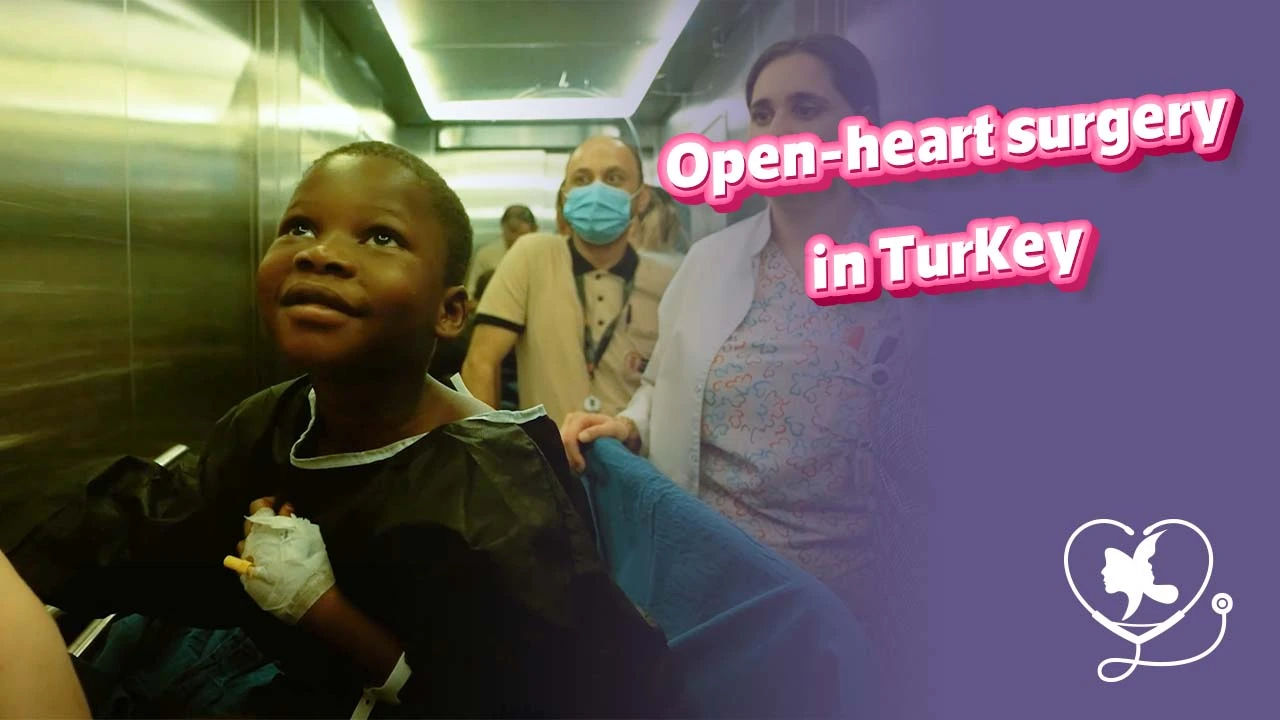- - Is Lipo 360 Dangerous?
- - Factors increase Risks o lipo 360
- - Side Effects,Risks and Complications Associated with Lipo 360
- - How to Make Lipo 360 Safe
- - Who Should Avoid Lipo 360 ( lipo 360 Contraindications)
- - FAQs About Is Lipo 360 Dangerous
Liposuction 360 is a cosmetic procedure designed to slim and contour the midsection but not to promote weight loss. It removes stubborn fat around the body circumstances including the abdomen, waist, flanks, and back, to create a smoother, more proportional silhouette.
Unlike tummy tuck surgery, Lipo 360 does not remove excess skin and is considered less invasive, with a shorter recovery period and more natural-looking improvements. Still, many patients find themselves asking: Is Lipo 360 dangerous?
Considering all safety guidelines and understanding potential risks is crucial before taking the step toward a slimmer, more contoured body.
In this article, we break down the real risks associated with Lipo 360, who qualifies as a safe candidate, and how to minimize complications to ensure the best possible results. Whether you’re exploring Lipo 360 for the first time or comparing it to other body-contouring options, this guide will help you make an informed, confident decision.
Is Lipo 360 Dangerous?
Lipo 360 is not considered a dangerous procedure. It is generally low-risk and safe when performed by a qualified, board-certified surgeon using proper techniques and in a fully equipped, licensed facility. Most complications are rare, and healthy candidates who are medically cleared for anesthesia usually tolerate the procedure well.
Factors increase Risks o lipo 360
- Combination with other procedures: Doing Lipo 360 alongside other surgeries, such as when included in mommy makeover, increases complexity, anesthesia time, and potential complications.
- Prolonged procedure time: Longer surgeries put more stress on the body, raising risks of bleeding, fluid shifts, and anesthesia-related issues.
- Inexperienced surgeon, clinic, or medical team: Lack of board certification, poor technique, or substandard facilities can lead to uneven results, infections, or serious complications.
- Poor healing or pre-existing health conditions: Diabetes, immune disorders, smoking, or poor nutrition can slow recovery, increase infection risk, and affect overall outcomes.
- Excessive fat removal or large treatment areas: Removing too much fat at once or treating extensive areas increases the risk of contour irregularities, fluid imbalance, and stress on organs.
Side Effects,Risks and Complications Associated with Lipo 360
10 risk should be considered before undergoing lipo 360 for safe and best outcomes they include:
1. Bruising and swelling
Bruising and swelling are normal after Lipo 360 and are part of the body’s natural healing process. Most patients notice that these symptoms gradually subside within a few weeks. Applying cold compresses, following post-operative instructions, and keeping active as advised by the surgeon can help reduce swelling more quickly.
2. Temporary numbness or altered sensation
It is common to experience temporary numbness, tingling, or changes in skin sensation in the treated areas after Lipo 360. These effects occur because small nerves may be irritated during fat removal. For most patients, sensation returns to normal within a few weeks to months. Persistent numbness is rare but should be monitored by your surgeon.
3. Fluid collection (seroma)
A seroma is a small accumulation of fluid under the skin that can occur after liposuction. While usually minor, fluid buildup may require drainage during follow-up visits. Following all post-operative care instructions, including wearing compression garments, can significantly reduce the risk of seroma formation.
4. Scarring
Although Lipo 360 involves only small incisions, some scarring may occur. Surgeons often place incisions in discreet areas to minimize visibility. Over time, scars usually fade and become less noticeable. Using recommended scar creams and protecting the area from sun exposure can further improve the healing process.
5. Infection
As with any surgical procedure, there is a risk of infection after Lipo 360. Maintaining strict hygiene, following your surgeon’s instructions for wound care, and taking prescribed antibiotics can minimize this risk. Signs of infection include redness, swelling, warmth, or discharge from the incision sites.
6. Bleeding and hematoma
Excessive bleeding during or after the procedure is uncommon but possible. A hematoma, which is a collection of blood under the skin, may develop and sometimes requires drainage. Surgeons take careful measures to reduce this risk, such as using precise surgical techniques and monitoring patients closely.
7. Contour irregularities or asymmetry
Some patients may notice lumpy stomach, uneven fat removal, dimpling, or asymmetry in the treated areas. These irregularities are more likely if the body’s response to fat removal varies or swelling persists. Minor adjustments or touch-up procedures can correct significant contour irregularities.
8. Nerve damage
Lipo 360 carries a small risk of temporary or, rarely, permanent nerve injury. This can lead to altered sensation or numbness in the treated areas. Most nerve-related issues resolve over time as healing progresses, but any persistent changes should be evaluated by a qualified surgeon.
9. Fat emboli
In rare but severe cases, fat globules can enter the bloodstream and block blood vessels, which is a serious medical emergency. Choosing a skilled, board-certified surgeon significantly reduces the likelihood of this complication.
10. Adverse reaction to anesthesia
All surgeries using anesthesia carry a small risk of an adverse reaction. Lipo 360 is usually performed under local anesthesia with sedation or general anesthesia depending on the case. Pre-operative assessment and monitoring during surgery help minimize these risks.
How to Make Lipo 360 Safe
The most effective way to minimize the risk of contour irregularities in Lipo 360 is to select a highly skilled and experienced board-certified surgeon.
A surgeon with expertise in both precise surgical techniques and the artistic aspects of body contouring can ensure balanced, natural-looking results.
Careful preoperative planning, combined with the ability to make real-time adjustments during the procedure, plays a crucial role in preventing asymmetry and achieving optimal outcomes.
1. Choose safest lipo 360 Surgical technique
The safest techniques for Lipo 360 typically use tumescent liposuction with advanced technology like power-assisted (PAL) or ultrasound-assisted (UAL), which minimize trauma to surrounding tissues, reduce bleeding, and allow for quicker recovery.
Using local anesthesia (also known as "awake" liposuction) instead of general anesthesia can also help avoid the risks associated with general anesthesia.
2. Choose a licensed clinic with proper equipment for Lipo 360
Select an accredited clinic with modern, well-maintained tools to ensure the highest Lipo 360 safety. Proper sterilization, hygiene protocols, and up-to-date equipment significantly reduce the risk of complications and support optimal results.
3. Prioritize a surgeon’s experience and credentials
A board-certified plastic surgeon with proven expertise in Lipo 360 procedures is essential. Experienced surgeons minimize Lipo 360 risks, perform precise contouring, and ensure natural, balanced results while maintaining patient safety.
4. Ensure your candidacy
Ensuring that the patient meets ideal criteria significantly reduces risks and improves outcomes. Best candidates for lipo360 are:
- Good overall health: No uncontrolled diabetes, heart, lung, or immune issues.
- Stable weight: At or near goal weight for at least six months.
- Good skin elasticity: Skin that can retract smoothly after fat removal.
- Non-smokers: Smoking slows healing and increases complication risk.
- Realistic expectations: Understands Lipo 360 shapes, not weight loss.
- Stubborn fat deposits: Localized fat in abdomen, flanks, waist, or back resistant to diet/exercise.
5. Follow pre- and post-operative instructions
Adhering strictly to all instructions before and after surgery, including wound care, compression garment use, and activity limitations, is essential for minimizing complications and promoting optimal healing. The most important pre and post lipo 360 instructions are:
Stop smoking several weeks before surgery.
- Avoid blood-thinning medications and supplements.
- Complete all required lab tests and medical clearance.
- Follow fasting instructions before anesthesia.
- Wear the compression garment as directed.
- Take prescribed antibiotics and pain medications on time.
- Keep incision sites clean and dry.
- Avoid strenuous activity and heavy lifting for several weeks.
- Do light walking to support circulation.
- Attend all scheduled follow-up appointments.
Who Should Avoid Lipo 360 ( lipo 360 Contraindications)
For safety, you should ensure you meet the necessary qualifications and candidacy requirements to prevent complications. Some cases may not be suitable for Lipo 360 immediately but could be appropriate later, so choosing the right timing can help ensure the safest and most effective body contouring.
Individuals who should avoid Lipo 360 include those who are pregnant, breastfeeding, have active infections, or have serious medical conditions such as uncontrolled diabetes, heart disease, or blood clotting disorders. Other contraindications include being significantly overweight, having poor skin elasticity, or carrying large amounts of visceral fat.
Lipo 360 is also not recommended for individuals seeking a weight-loss solution and should not be considered a substitute for a healthy lifestyle.
- Pregnant or breastfeeding individuals: Lipo 360 is not safe during pregnancy or while nursing, as surgery and anesthesia can pose risks to both mother and baby.
- Active infections: Any current infection in the body increases the risk of complications and can interfere with healing.
- Serious medical conditions: People with uncontrolled diabetes, heart disease, or blood clotting disorders should avoid Lipo 360 due to higher surgical risks.
- Significant overweight or obesity: Individuals far above their ideal body weight may not achieve optimal results and face increased complications.
- Poor skin elasticity: Skin that cannot contract properly after fat removal may result in sagging or uneven contours.
- High amounts of visceral fat: Lipo 360 targets subcutaneous fat, not the deep internal fat surrounding organs, so it is not effective in these cases.
- Expecting weight loss results: Lipo 360 is a body-contouring procedure, not a substitute for diet or exercise. It is unsuitable for those seeking major weight reduction.
You may like: Liposuction 360 Cost in Turkey: Breakdown, Packages and Comparisons












.webp)
.webp)
.webp)
.webp)

